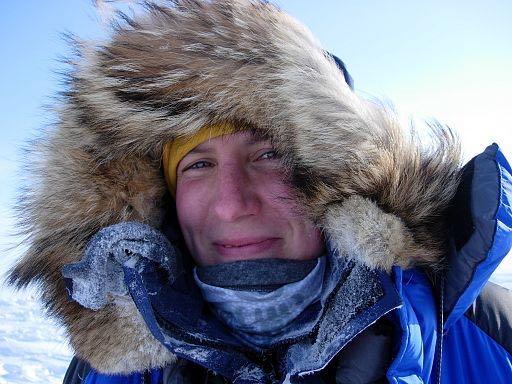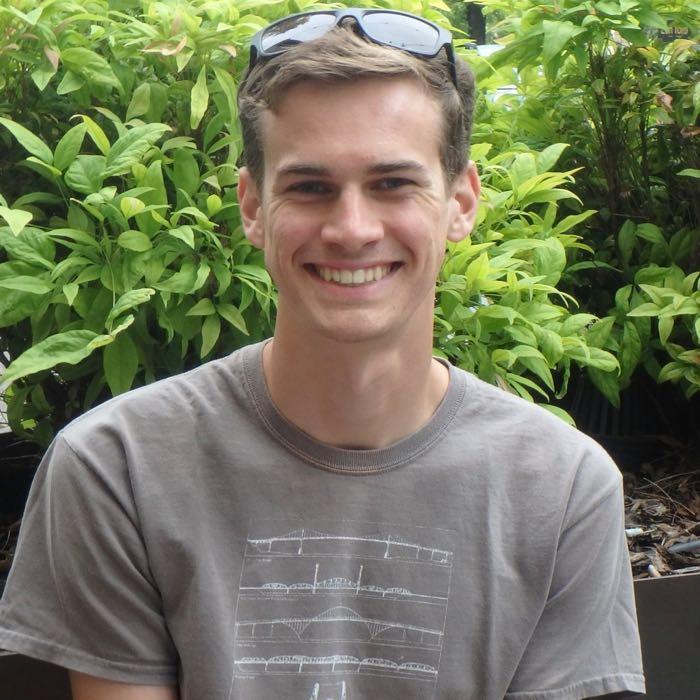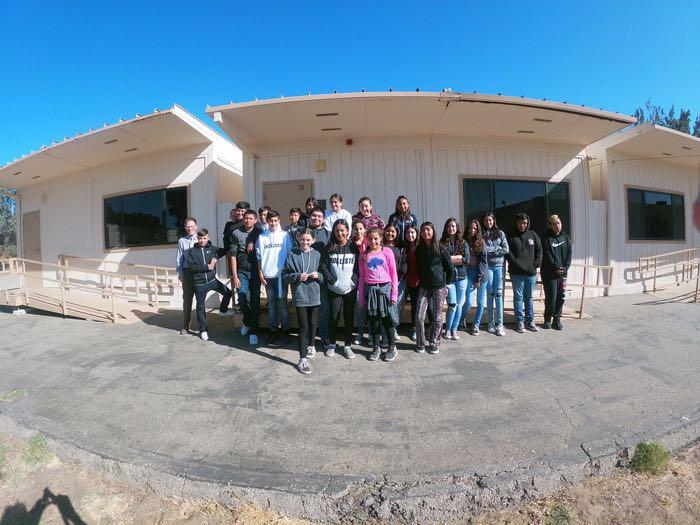Antarctic Fact of the Day-

Meet our Scientists

Andrew grew up in San Diego California. It was there that he developed his love of the marine environment and concern for the effect humans are having on our world. Andrew just finished his Bachelors of Science degree from UC Davis. He said that he became interested in science as a way to understand, and maybe help mitigate, the human induced challenges fish are encountering. He is taking a break from his studies this year to help Dr. Todgham run her project studying the effects of future ocean conditions on Antarctic fish.
Dr. Todgham commented about Andrew, "Andrew came down with our group as an undergraduate student last year. In addition to having done a research project on Antarctic fishes in his junior year, Andrew has an amazing skillset in building and fixing equipment - something that my field team needed. What I've learned about Andrew over the last two years is how good he is at communicating science. Andrew can take the most complex topic and break it down into distillable building blocks for whatever audience he engages.”
Andrew is not certain where he will continue his studies. He is looking at several different universities. I'm sure anywhere he chooses, they will be lucky to have him.
Shout out!

Help me Out
So, I really need your help. Dr. Todgham has given me a chance to run some of my own experiments on some of the fish we collected. They have a few extras of a species that we are not using. What types of questions are you interested in looking into? It needs to be a fairly short term experiment, as I only have a few more weeks down here. Time is sure flying by. Any ideas out there???


Comments